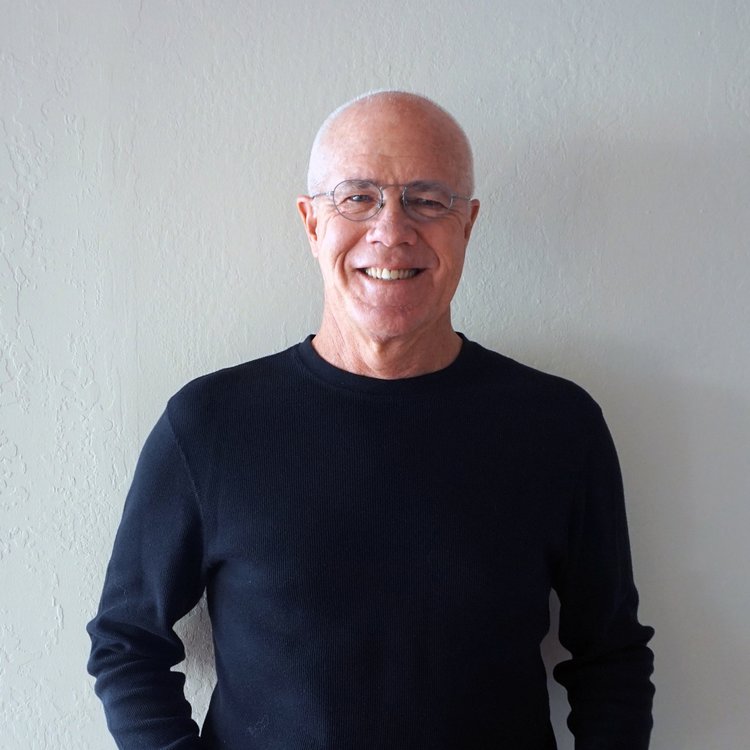First Hit: Powerful and interesting film providing a background and context to a 40 year battle.
15,000 people dead, more than the number of people killed in the British / Irish conflict, yet there are no heads of state going in to facilitate a resolution let alone the Governor of the State of California. 70% of the children in this community are growing up in a home without a male (father) presence.
The film tells a compelling story about how this area of Los Angeles grew after World War II with the infusion of blacks from the south to fill the need of manning the factories which were set up by Goodyear, GM, Firestone, Ford and Chrysler but then the work sector changed to one aligned with aerospace the factory jobs started leaving.
The oppression of the community by the LA Police Department and Mayor Sam Yorty along with the exclusion of the blacks from clubs like the Cub and Boy Scouts led to the development of other clubs. The film digs into these subjects and uses interviews, by the men who suffered under this exclusion, to explore how these clubs turned into gangs.
The interviews provide a compelling and strong backdrop and perspective on life in this part of LA.
The director effectively used these interviews along with old film clips and lots of old photos to paint the picture. I loved the opening sequence of this film as well. If you liked the opening sequence of “Star Wars” with the huge ship coming into the picture from an overhead perspective, then you will like the opening sequence in this film – I thought it was clever and gives a perspective as to how big LA is and how within this massive city is a section that is and has been at war with itself and us for 40 years.
Overall: I grew up on LA and recall the “Watts Riots” and the riots as a result of the “Rodney King” beating and this film put a much better context to this area in South LA. It was really worth the price of admission and the people of this community are paying the price with their lives.
